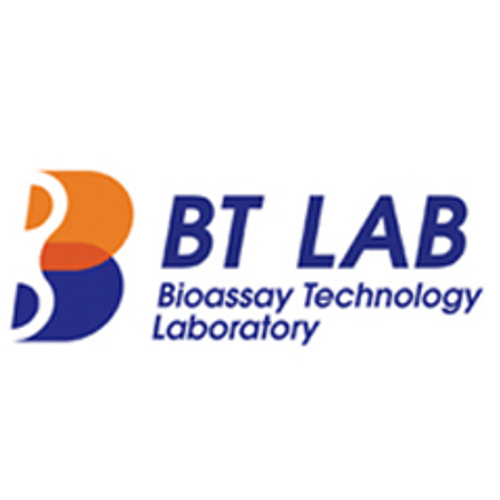Product Description
Human Apolipoprotein A1 (APO-A1) ELISA Kit | AE56069HU | Abebio
Species Reactivity: Human (Homo sapiens)
Abbreviation: APOA1
Alternative Name: MGC117399; OTTHUMP00000069346|OTTHUMP00000069347|OTTHUMP00000069348
Application: ELISA
Range: 78.1-5000 μg/mL
Sensitivity: 38 μg/mL
Intra-Assay: ≤4.2%
Inter-Assay: ≤8.3%
Recovery: 1, 02
Sample Type: Serum, Plasma, Other biological fluids
Detection Method: Sandwich
Analysis Method : Quantitive
Test Principale: This assay employs a two-site sandwich ELISA to quantitate APOA1 in samples. An antibody specific for APOA1 has been pre-coated onto a microplate. Standards and samples are pipetted into the wells and anyAPOA1 present is bound by the immobilized antibody. After removing any unbound substances, a biotin-conjugated antibody specific for APOA1 is added to the wells. After washing, Streptavidin conjugated Horseradish Peroxidase (HRP) is added to the wells. Following a wash to remove any unbound avidin-enzyme reagent, a substrate solution is added to the wells and color develops in proportion to the amount of APOA1 bound in the initial step. The color development is stopped and the intensity of the color is measured.
Product Overview: Apolipoprotein A-I the major protein component of high density lipoprotein (HDL) in plasma. The protein promotes cholesterol efflux from tissues to the liver for excretion. It is a cofactor for lecithin cholesterolacyltransferase (LCAT) which is responsible for the formation of most plasma cholesteryl esters. ApoA-I was also isolated as a prostacyclin (PGI2) stabilizing factor, and thus may have an anticlotting effect. Defects in the gene encoding it are associated with HDL deficiencies, including Tangier disease, and with systemic non-neuropathic amyloidosis.ApoA-1 Milano is a naturally occurring mutant of ApoA-I, found in a family descended from a single couple of the 18th century.
Stability: The stability of ELISA kit is determined by the loss rate of activity. The loss rate of this kit is less than 5% within the expiration date under appropriate storage condition. The loss rate was determined by accelerated thermal degradation test. Keep the kit at 37°C for 4 and 7 days, and compare O.D.values of the kit kept at 37°C with that of at recommended temperature. (referring from China Biological Products Standard, which was calculated by the Arrhenius equation. For ELISA kit, 4 days storage at 37°C can be considered as 6 months at 2 - 8°C, which means 7 days at 37°C equaling 12 months at 2 - 8°C) .
 Euro
Euro
 USD
USD
 British Pound
British Pound
 NULL
NULL








